Expert Opinion: Should You EDC a Fixed Blade Neck Knife?
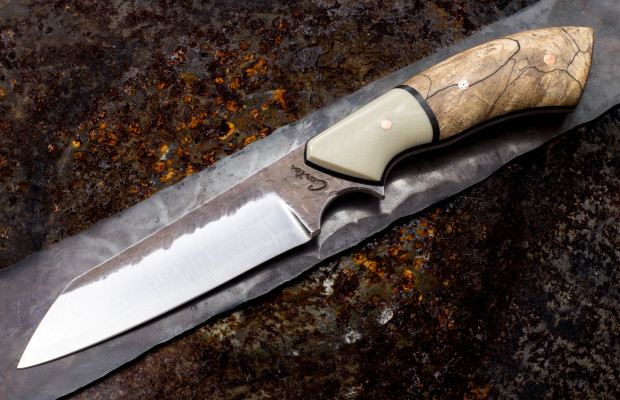
There are many different knives, and many different ways to carry them, but Murray Carter of Carter Cutlery has always been an advocate of neck knives. According to Carter they offer the most advantages with the least, if any, drawbacks compared to folders and other fixed blades.
The way Carter sees it, the first advantage to carrying a neck knife is that it gives you easy access to a fixed blade. Carried around the neck in a sheath, a neck knife can weigh as little as three ounces and is a paragon of accessibility – especially once a little muscle memory takes hold. After years of carry Carter says he can remove his neck knife, cut something with it, and put it away without a second thought. “Since it’s in the mid-line of your body it can be accessed with either hand,” he tells us. A neck knife is easier to put on quickly compared to a folder or a belt knife, and unlike a belt sheath, a neck knife’s sheath doesn’t run the risk of striking a hand or elbow as you walk, either.
Maintenance is another big advantage. There’s plenty to like about folding knives, especially if you’re mechanically inclined, but the reality is a fixed blade is stronger, more blade/handle efficient, and soaks up use and abuse on a much more robust scale. “You can bury a fixed blade in the ground and dig it up years later, and even if it’ll be rusty it’ll still be able to cut,” Carter notes. Dirt, dust, and water don’t pose the same kind of threats they do to the comparatively intricate apparatuses of folding knives.
Sharpening also gets easier, without the impediment of thumb studs or flipper tabs to complicate things. Carter says that a fixed blade allows users to sharpen the primary grind in addition to the cutting bevel itself – something most of us neglect during our maintenance duties. “That’s the biggest misunderstanding in the knife world today. And it’s something our grandparents took for granted.”
In Carter’s opinion, a Kydex sheath is the best retention option for a neck knife. The advent of cheap, lightweight, durable thermoplastics make the neck knife format feasible, offering good retention and adding little weight. Many users advocate a breakaway chain to prevent choking in case the necklace gets snagged on something. “In my opinion that’s solving a problem that doesn’t exist. I’d rather have my knife close to hand in those situations,” says Carter.
Carter is keen to point out that neck knives are not just a tactical affectation, but in his opinion the best solution for any knife user. “I’d recommend a neck knife for anybody who wants to carry a blade in any capacity,” he says. He cites a Japanese saying: “Hyaku gai atte, ichi ri nashi.” It means “One hundred demerits, not one merit,” and is said in reference to cigarettes. “I’ve always thought the opposite was true regarding neck knives,” Carter explains. “There’s one hundred wonderful things about them and not any problems.”
Knife featured in image: Carter Cutlery Neck Knife


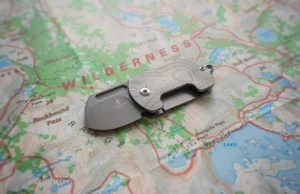
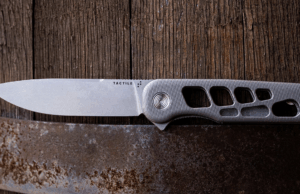

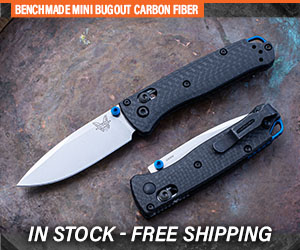
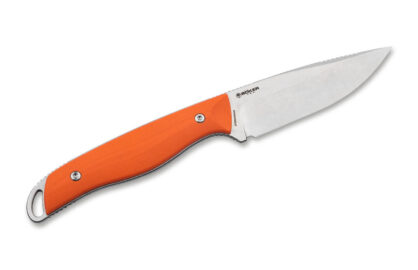




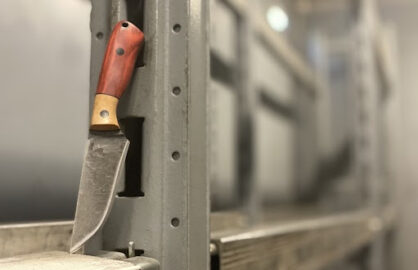

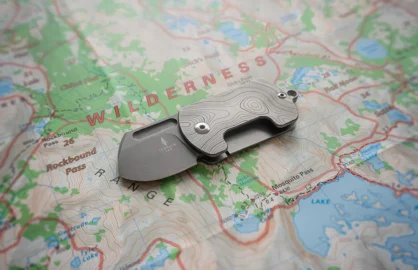

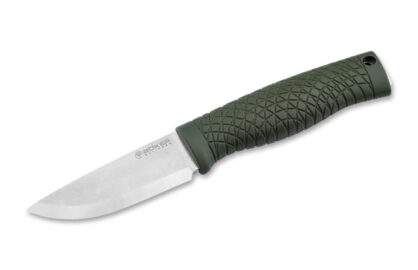

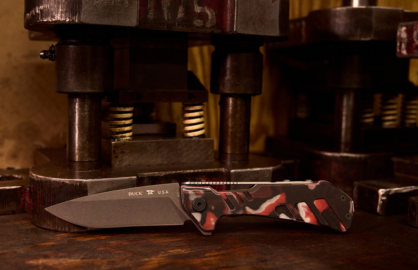



0 comments